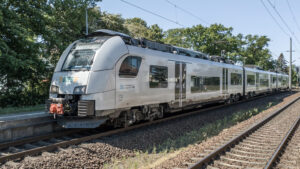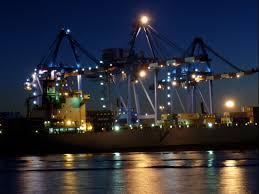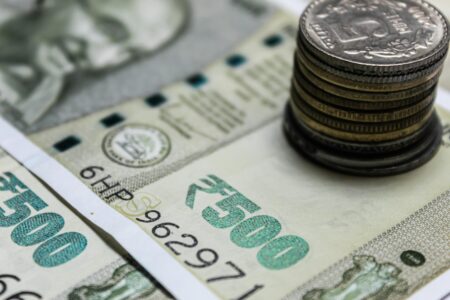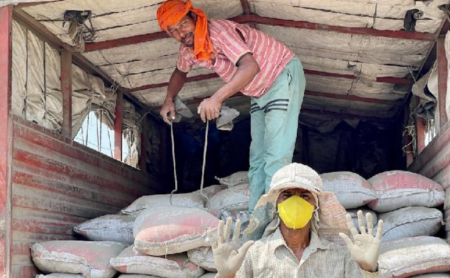Mahendra Shah of V-Trans and Arunkumar C R of Sevenseas Global Express bust outdated transport myths with real-world data and insights, proving that perception is far behind the multimodal capabilities of modern logistics.

Road transport myths crumble with data, discipline, and digital innovation
In the dynamic world of logistics, certain myths seem to stubbornly persist—shaping business decisions and supply chain strategies. But when you ask industry leaders like Mahendra Shah, Chairman & MD of V-Trans India, and Arunkumar C R, Director at Sevenseas Global Express Logistics, a very different picture emerges, one that’s data-backed, tech-driven, and far more efficient than the myths suggest.
The road isn’t what it used to be
Mahendra Shah takes on one of the most common misconceptions head-on: that road transport is unreliable for long hauls or sensitive cargo. “That’s a legacy mindset,” he says. “Today, with GPS-enabled fleets, digital route planning, and real-time MIS, road transport is not only reliable but also impressively efficient.” V-Trans boasts a service level efficiency of over 94 percent and one of the lowest damage ratios in the sector. Long-distance deliveries and even express shipments are now consistently dependable.
So why does this outdated view continue? Shah believes the transformation on the ground hasn’t reached boardroom conversations. “Many decision-makers haven’t revisited their transport strategies in years. They still view logistics through a pre-digital lens,” he adds. For instance, a client previously dependent on rail-sea freight for moving high-value industrial equipment was convinced to switch to road. The outcome? A 36-hour time saving, 17 percent cost reduction, and zero damage. “That’s the reality of modern road transport when it’s executed right,” Shah says with quiet conviction.

Rail deserves a second look
If road is misunderstood, rail freight is even more underrated, says Arunkumar C. R. “Despite major advancements, dedicated freight corridors, digital tracking, and expanded capacity, rail still suffers from an image problem,” he explains. The perception of rail being slow and inflexible lingers, but the truth is far more encouraging. With better environmental performance and cost-efficiency, rail is now a strong contender, especially in a multimodal mix.
Arunkumar believes this perception gap stems from past experiences and a lack of awareness. “SMEs often don’t know about optimised rail schedules or recent tech upgrades,” he notes. “Road’s convenience sets a high bar, but that doesn’t mean other modes aren’t evolving.”
Changing these outdated views, he insists, requires unified, consistent communication. “We need real stories, strong data, and a visual narrative,” he says. “Only then will shippers understand the power of today’s multimodal logistics. The more we simplify access and communicate gains, especially environmental ones, the quicker these myths will fade.”
In a sector where trust is everything, it’s voices like these that are leading the way from perception to performance.

